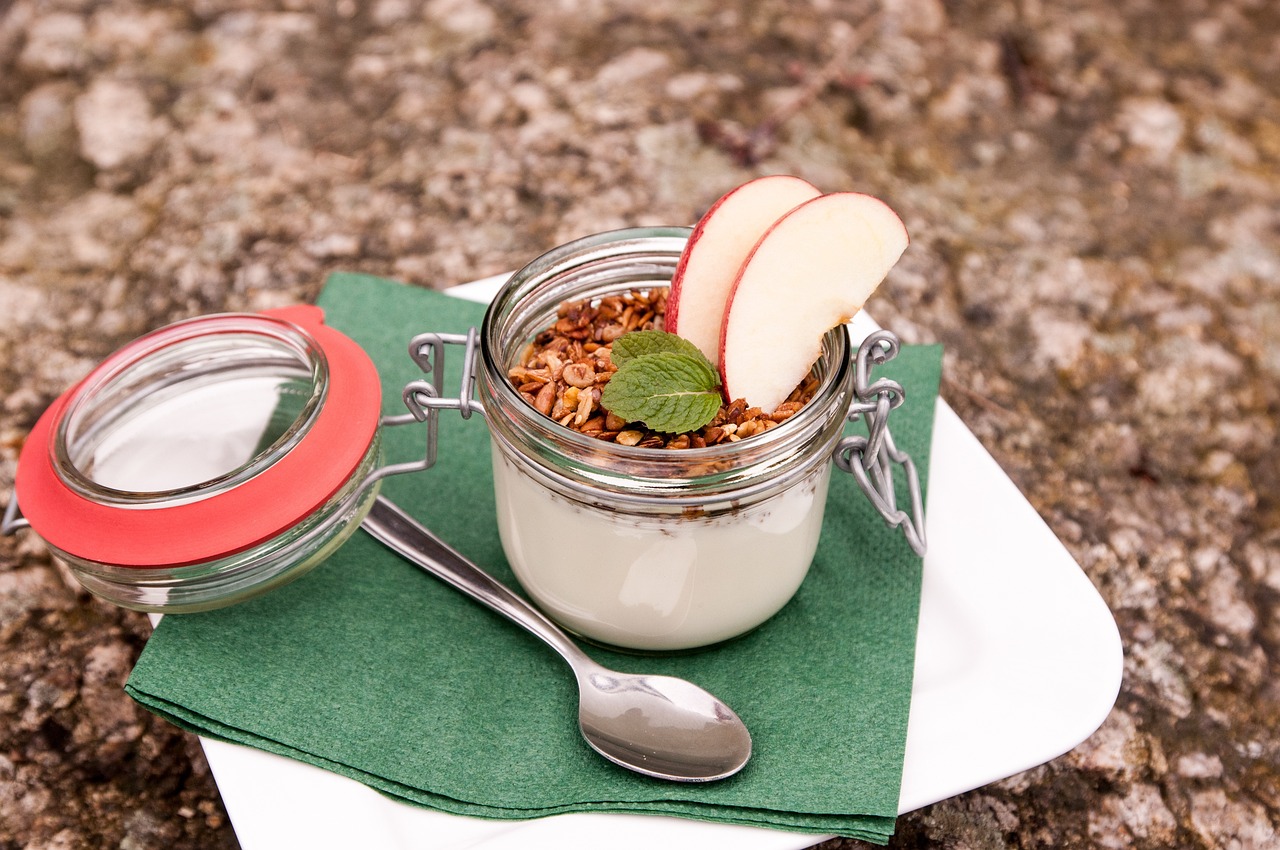Intermittent Fasting: A Comprehensive Guide to Transform Your Health
Intermittent fasting has taken the health and wellness community by storm. This eating pattern, which alternates between periods of eating and fasting, is not just a fad diet; it’s a lifestyle choice embraced by many for its wide-ranging benefits. With increasing scientific evidence supporting its effectiveness in weight loss, improved metabolic health, and enhanced mental clarity, it’s no wonder that so many are eager to learn more. In this blog post, we will delve into the principles of intermittent fasting, its various methods, benefits, potential downsides, and tips for success, providing you with a thorough understanding of this powerful dietary approach.
Understanding Intermittent Fasting
What is Intermittent Fasting?
Intermittent fasting (IF) is not about which foods to eat but when to eat them. It involves cycling between eating and fasting periods, with various methods designed to suit individual lifestyles.
How Does Intermittent Fasting Work?
During fasting periods, the body undergoes a series of metabolic changes, including:
- Insulin Level Decrease: Lower insulin levels aid fat burning.
- Cellular Repair Processes: Fasting promotes autophagy, where cells remove damaged components.
- Hormonal Changes: Increased growth hormone levels enhance fat loss and muscle gain.
Popular Methods of Intermittent Fasting
16/8 Method
This is one of the most popular formats, where you fast for 16 hours a day and eat during an 8-hour window. For example, you might eat from 12 PM to 8 PM.
5:2 Diet
In this method, you eat normally for five days a week and restrict caloric intake to about 500-600 calories for two non-consecutive days.
Alternate Day Fasting
This approach involves cycling between days of eating normally and days of fasting or drastically reducing caloric intake.
Warrior Diet
The Warrior Diet consists of undereating during the day and consuming one large meal at night, typically within a 4-hour eating window.
Eat-Stop-Eat
This method consists of 24-hour fasts once or twice a week, where you do not consume any calories during the fasting period.
Key Benefits of Intermittent Fasting
Weight Loss and Fat Loss
Intermittent fasting can be an effective tool for weight loss thanks to its impact on hormone levels and calorie reduction.
- Enhanced fat burning
- Reduced appetite, as fasting can lead to lower calorie intake
Improved Metabolic Health
Research indicates that intermittent fasting may improve insulin sensitivity, lower blood sugar levels, and reduce inflammation. Key points include:
- Increased insulin sensitivity can aid in reducing the risk of Type 2 diabetes.
- Studies suggest that IF can enhance various metabolic markers.
Enhanced Cognitive Function
Fasting has been linked to improved brain health, which may include:
- Reduced risk of neurodegenerative diseases
- Improved memory and cognitive function
Potential Downsides of Intermittent Fasting
Possible Side Effects
While many experience benefits, intermittent fasting may not be suitable for everyone. Possible downsides include:
- Hunger, fatigue, and irritability, especially at the beginning
- Possible nutrient deficiencies if not planned properly
Who Should Avoid Intermittent Fasting?
Certain individuals should consult a healthcare provider before starting intermittent fasting, including those who:
- Are pregnant or breastfeeding
- Have a history of eating disorders
- Have specific medical conditions, such as diabetes
Tips for Successful Intermittent Fasting
Start Slowly
If you’re new to fasting, it’s wise to start gradually, such as:
- Starting with a 12-hour fast and gradually increasing
- Perfecting the eating window before extending fasting periods
Stay Hydrated
During the fasting period, it’s crucial to drink plenty of water. You can also consume herbal teas or black coffee, which can help with satiety.
Focus on Nutrient-Rich Foods
During eating periods, prioritize whole foods such as:
- Lean proteins (chicken, fish, legumes)
- Whole grains (quinoa, brown rice)
- Fruits and vegetables for vitamins and minerals
Conclusion
Intermittent fasting is more than just a dietary trend; it emerges as a powerful tool for enhancing health and well-being. By understanding the various methods, benefits, and potential downsides, you can make an informed decision on whether this approach aligns with your health goals. Always remember to listen to your body and consult with healthcare professionals before making any significant changes to your eating habits. With the right guidance and dedication, intermittent fasting may just be the transformative dietary approach you’ve been searching for.






